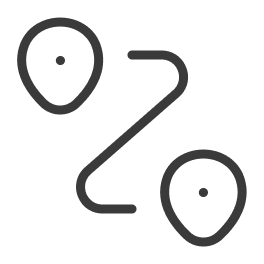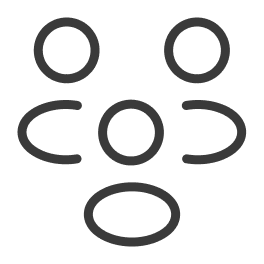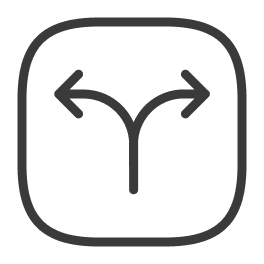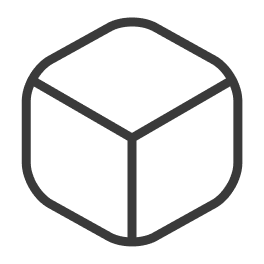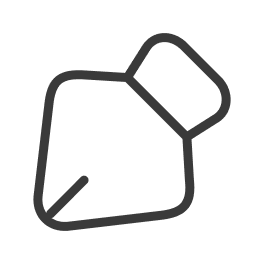Designing impactful products starts with asking the right questions, not jumping to solutions. My process is structured but flexible, built to adapt to the needs of the team, the problem space, and the speed of the business. It’s rooted in collaboration, informed by data, and centered around learning and adapting quickly.
Discovery
The goal is to go wide and deeply understand the user or customer segments, the market, and the problem space before narrowing in on what matters most.
User research
Understand user behaviors, needs, and pain points to ground decisions in real-world context.
Journey mapping
Visualize the user’s current experience to uncover pain points, gaps, opportunities and moments that matter.
Market research
Identify industry trends, gaps, and opportunities to align product and design strategy with market needs.
Lean canvas
Define the problem, solution, value prop, and key risks to align the team on what matters most.
Proto personas
Collaborative sketch of assumed users, built from team knowledge, to align and guide early design exploration.
Ideation
Here’s where we diverge and explore possibilities. We look for creative ways to solve problems, validate assumptions quickly, and reduce risk. Testing and learning early helps us build smarter.
Design sprint
Rapidly prototype and test ideas in a focused timeframe to learn fast and reduce risk collaboratively.
A/B testing
Compare design variations in real-time to understand what performs best and why in a live context.
Prototyping
Quickly visualize solutions to test value, usability and technical feasibility before investing in building.
Painted door tests
Test interest and intent with low-effort prototypes with landing pages to validate demand before building.
Usability testing
Validate if a design works by observing how real users interact with it, where they struggle and where they’re delighted.
Solution
Once we’ve validated the direction, we zoom in. This phase is about building the right thing well, crafting thoughtful, intuitive product experiences that are ready for the real world.
Defining the MVP
Narrow in on the smallest, most valuable, loveable version of the product to validate and learn from.
In-depth user flows
Map out detailed interactions to ensure clarity, consistency, and seamless navigation across the experience.
UI refinement and polish
Refine layout, spacing, typography, content and visual details to enhance usability and brand look, feel and tone.
Learn & Evolve
Shipping isn’t the finish line, great design is always evolving. We measure what’s working and what’s not, listen to real feedback, and use data to iterate and improve the user’s experience over time.
Post-launch user feedback
Collect direct input from users to address unmet needs through research, in app feedback and reviews.
Behavioral analytics
Track how users actually behave to uncover quantitative insights you can’t get from opinions alone.
Continuous usability testing
Regularly test features to spot friction and improve the experience over time.


